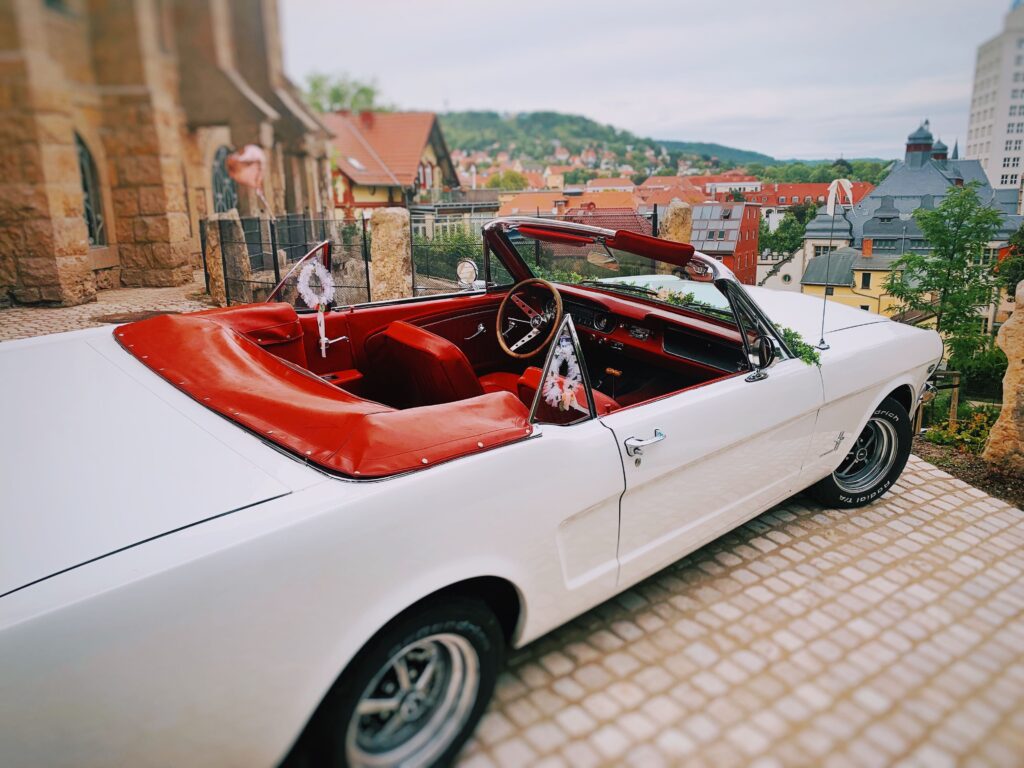Every car owner should know how to jump-start their car in a pinch. It’s an important part of vehicle maintenance. We also have plenty of other tips and car care guides to make vehicle ownership easier.
For your safety and the safety of others, you need to keep your vehicle maintained and equip yourself with the proper tools to do so. If you invest time and money in your car, you’ll save time and money in the long run.
You can’t anticipate when you’ll need to give your battery a quick recharge. Always keep some jumper cables or a jump-pack in your car. They’re not expensive, and they’re well worth the investment. Check out this guide on the best jump starters in case you would want to get one.
When it comes to jump-starting your car, there are a few important things to remember.
Inspect the Situation First
Make sure you are parked in a safe spot before you open the hood. Don’t put yourself or others in danger. If you’re not in a safe location and your car is dead, you can try to put it in neutral and push it to safety first.
If you can’t move it, call for help. If you have roadside assistance, you can call them. Otherwise, call an emergency professional. They will come to the scene, place cones and flashing lights to warn other drivers and keep you safe while you jump-start your car.
Read the Owner’s Manual
Your owner’s manual will have special instructions on how to jump-start your battery. If there are any specific instructions you should be aware of before you get started, they’ll be in here. This will keep you and your car safe.
The procedure for jump-starting most cars is the same, but it could vary slightly.
Jump Starting Your Car
If you have jumper cables and access to another car, or access to a jump-pack, you will be able to jump-start your battery. However, if you don’t have either, you’ll need to call for help. Roadside assistance or emergency professionals can help.
Make sure the vehicles are close together, but not touching. The jumper cables need to reach from battery to battery. Remove keys from the ignition while connecting the cables and set the parking brakes so the vehicles don’t move.
Identify the positive and negative terminals. The battery should be labeled, but if it isn’t, black is negative and red is positive. The colors on your jumper cables will indicate the same thing. Never mix and match colors on your cables with terminals on the battery.
Put a positive clamp on the positive terminal on your dead battery. Then place the other positive clamp on the other positive terminal in the charged battery. Connect the first negative clamp to the negative terminal in the charged battery, and ground the other negative clamp somewhere on the car with the dead battery (attach it to an unpainted piece of metal in the engine compartment, but not right next to your battery).
Run the car with the live battery for a minute to start charging your battery before you try to start your car.
Once the car starts, let it idle for at least thirty seconds to let the battery charge. Now you can remove your jumper cables in the reverse order you connected them. You should run your car for about 15 minutes to charge the battery before turning it off, or you’ll likely need another jump.
Jump-Packs
You may also want to invest in a jump-pack. This is a battery pack with one set of connected clamps, so you can jump-start your car without another vehicle. They’re more expensive than jumper cables but come in handy if you travel a lot and will ensure that you can get back up and running wherever you are.
If you’re in the market for a used vehicle, check out our used car inventory and make sure you always have it equipped with the tools you need.

